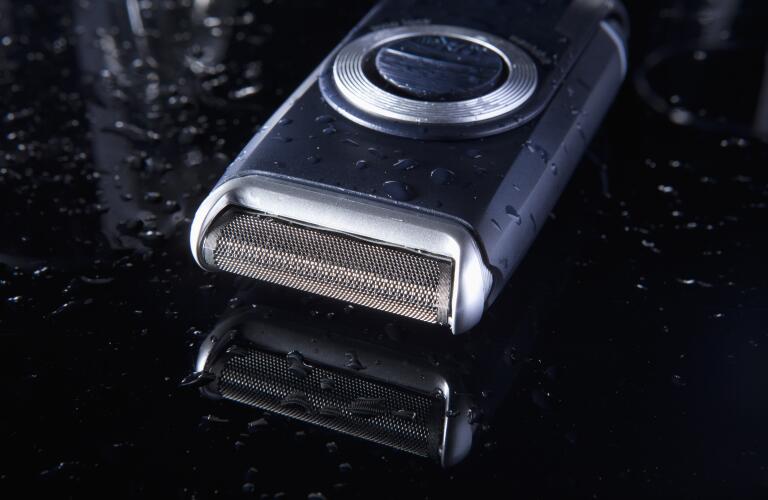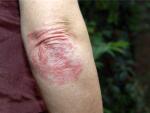
Tackling unwanted body or facial hair can be tricky when you have psoriasis. Sensitive skin can be a challenge to keep hairless, especially during flare-ups. But finding a hair-removal method that works for your skin isn’t impossible.
Shaving, waxing, and using depilatory creams can all cause some skin trauma. This can set off the Koebner phenomenon—the process by which a psoriasis patch forms at the site of a skin injury. So what’s the best way to take care of that unwanted hair?
Shaving Your Body
It’s fine to lightly shave your skin, but it’s crucial to avoid nicking your skin or disturbing any psoriatic scales. Gentle shaving is generally recommended for arms and legs instead of other methods that pull hairs out, such as waxing.
Many people with psoriasis shave with a manual safety razor and a shaving lotion or gel made for sensitive skin. Look for products that are alcohol free. Other people prefer an electric razor. Trial and error might be needed to find the best type of razor for your skin.
Shaving Your Face
Shaving the face is also fine as long as you avoid lesion areas. Skin exposed to light is less likely to have psoriatic lesions, so it’s usually better not to have a beard.
Regardless of what type of razor you’re using, try to avoid passing it over any lesions repeatedly. Make sure the blade is sharp if you’re using a safety razor to help prevent small cuts. Shaving wet hair and shaving in the direction in which the hairs lie can also lessen skin irritation and nicks.
Last, remember to moisturize your skin when you’re done shaving.
Waxing and Creams
When you’re in between flares, is it safe to wax or use depilatory creams? There’s not much scientific evidence to show that waxing can provoke a flare. So you can consider waxing or using hair removal creams during a lull.
If a lesion later appears in the same area, make sure to see your dermatologist. It’s important to rule out an allergy from the product.
Sensitive Areas
Delicate skin-fold areas, like the armpits and groin, can be difficult when it comes to hair removal. These areas are more prone to irritation and infection, so shaving is often not ideal. Skin-fold areas may be better suited to permanent hair removal techniques, such as electrolysis or laser treatment.
Electrolysis involves placing a thin probe with shortwave radio frequency into the hair follicle. This permanently destroys the follicle and prevents hair growth. Electrolysis usually requires multiple appointments over time.
Laser treatments destroy hair follicles with heat. Most lasers also have a cooling device to reduce the discomfort from the laser light. Repeated treatments are also necessary to destroy the hair follicles.
Electrolysis tends to cause more trauma to the skin than laser treatments, so it may not be the best first-line option for skin-fold areas.
Hair Care During a Flare
Removing hair on lesions during a flare can be challenging. Avoid using tweezers and other methods that involve pulling out hairs. Gently shaving areas with lesions is the better option.
As always, it’s important to keep skin well moisturized. If your skin becomes irritated, ask your doctor what else you can use to calm things down. A topical corticosteroid may help with inflammation and irritation.
Keeping unwanted hair at bay is possible even with psoriasis. Choosing the right method of hair removal for your skin and for the body area involved can help you stay hairless and healthy.
Key Takeaways
When shaving, avoid nicking your skin or disturbing any psoriatic scales or lesions. Trial and error might be needed to find the right type of razor.
You can consider waxing or using hair removal creams during a lull in psoriasis flares.
- Sensitive skin-fold areas may be better suited to permanent hair removal techniques, such as electrolysis or laser treatment.





























